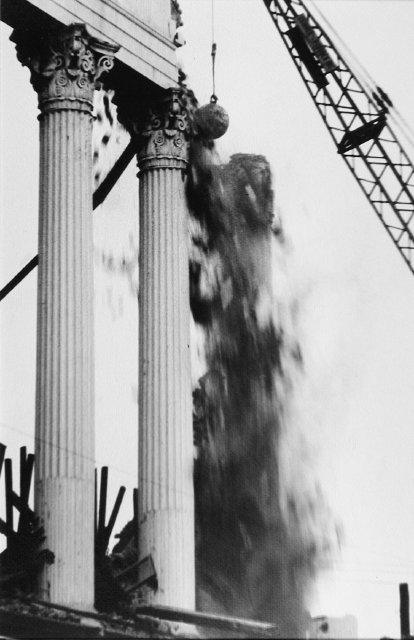“But an influence is not necessarily a good influence” writes Joan Acocella in a review of books about Bob Fosse. She’s right, of course. How often we describe an architect as influential, without qualifying the nature of that influence. Probably the most influential American architect of the late nineteenth century was H. H. Richardson—Richardsonian Romanesque libraries and courthouses grace cities and towns across the country. It’s hard to go wrong with this style. The only modern architect to give his name to a style was Mies van der Rohe, but his legacy is less certain. In the hands of faithful acolytes like SOM, the influence could be benign, but the scores of banal steel-and-glass boxes and miles of appliqué I-beams attest to the limitations of the minimalist Miesian approach. Michael Graves was another architect whose influence was not necessarily “good.” Without his refined color sense and knowledge of history, postmodern practitioners produced parodies—weak jokes without punch lines. Louis Kahn was the most important modernist architect of the late twentieth century, but his influence on American architects was negligible; his “philosophy” was too obscure, and his building forms too distinct to comfortably imitate. Or at least so it seemed to me before I visited India. Indian architects who either studied with him (like Anant Raje), or worked on Kahn’s Indian Institute of Management project (like Raje and B. V. Doshi), adopted him as a guru, absorbed his mystic pronouncements, and produced projects that are not copies of previously built work but look as if they might have been designed by the master.
Photo: Indian Institute of Forestry, Bhopal (Anant Raje, 1984)

